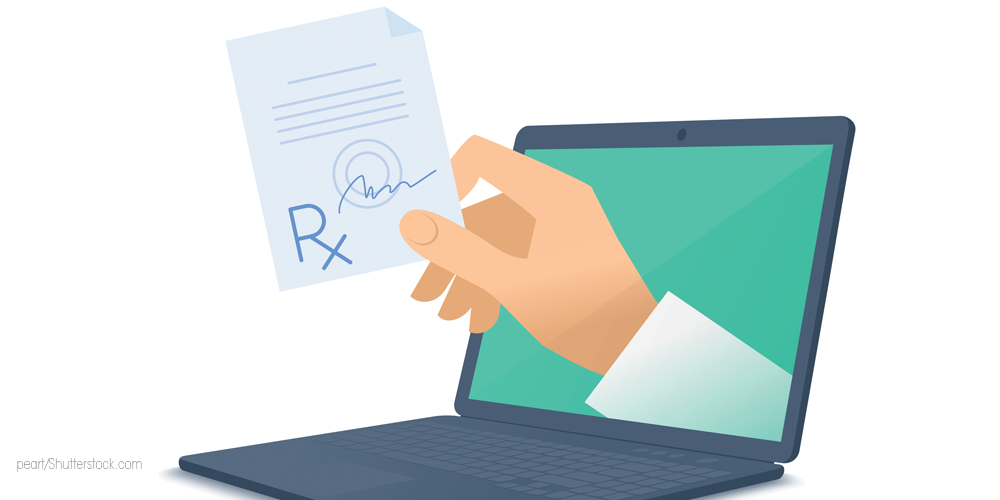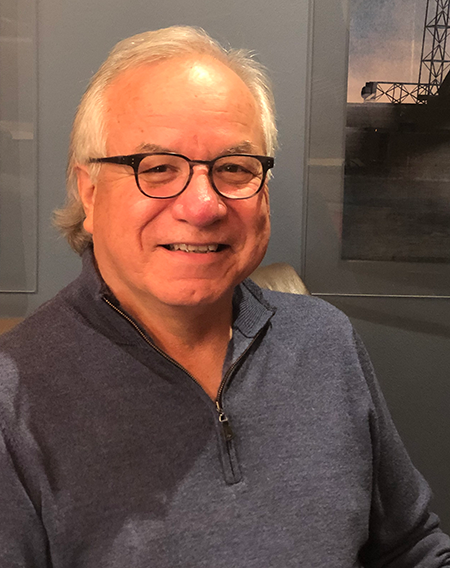What You Don’t Know About Remote Patient Monitoring
Five surprising updates about one of healthcare’s top trends.

Harry Soza

Managed Healthcare Executive has named remote patient monitoring (RPM) as one of healthcare’s top healthcare trends-and with good reason. Numerous advances, including a move from telephonic to mobile RPM (mRPM), have made the technology much more feasible and effective for patients, health plans, and providers.
Few healthcare stakeholders, however, have extensive experience with RPM. That means some dated misconceptions about RPM still linger in the industry. In particular, these views often fail to consider how to leverage mobile technology popular with Americans of all ages for efficient and cost-effective RPM programs.
With that, the following are five interesting updates about RPM that you may not know:
1. RPM can be delivered on a convenient schedule
RPM is often associated with phone calls from the doctor’s office to the patient, with many missed connections, or with live, video-based virtual visits that require the provider and patient to be sitting at their computers or mobile devices at the same time. Synchronous encounters can be useful in some circumstances, but are not always effective or efficient for ongoing patient monitoring.
Instead, when it is convenient, a patient can be prompted on their mobile device to check in with their physician approximately once a week, or whenever deemed clinically relevant, and answer a short series of subjective and objective questions (including social determinants of health), and enter biometric data such as blood pressure readings. The provider can then review the requested patient-reported data before it is entered into the EHR.
This type of asynchronous, automated mRPM does not require both parties to be available at the same time, nor does it require configuring any telemedicine software, ensuring there is an adequate internet connection, or any of the other technical requirements of a live video-based encounter.
Like a virtual visit, mRPM offers higher quality monitoring and patient-reported data than other RPM modalities, such as a phone call, text message or email. The latter two methods also typically require the patient to log in to a separate patient portal, which can be an RPM adherence obstacle. Using a disciplined, clinically-relevant communication schedule integrated into a prescribed care plan, mRPM also prevents providers from being deluged with non-meaningful patient-reported data-data that does nothing to improve outcomes. The focus is on identifying clinically relevant trends or red flags that are actionable and may require an intervention to improve outcomes.
2. RPM isn’t just for chronic care management
In our value-based care era, RPM is often utilized for chronic care management (CCM), which is an excellent application of the technology and has been recognized with increased reimbursements by public and private payers.
However, RPM-particularly mRPM-can be highly useful for a wide range of other use cases, including oncology, non-chronic cardiology applications, and monitoring members post-procedure-especially in bundled care payment scenarios.
Post-surgical monitoring of members who receive a total hip or knee replacement, for example, is an ideal application of mRPM. From their homes, members can answer questions about healing, pain, medication and mobility, and even take photos of the incision site. This approach saves members from making an inconvenient and uncomfortable trip to a medical facility when it is not necessary, and it gives providers important progress information, including identifying issues that may need intervention to improve outcomes and prevent readmissions.
With mRPM, providers can place members on a highly structured and carefully scheduled surgical recovery journey, so members are automatically contacted more often following discharge and then at less frequent intervals as recovery advances.
3. RPM can benefit a wide range of members
RPM can benefit a wide range of members, not just those who are higher risk. mRPM is applicable to the vast majority of health plan members, even those who simply need to be reminded about appropriate preventive care, adhering to care plans, and making healthier lifestyle choices.
Related: Four Ways Mobile Remote Patient Monitoring Can Improve Star Ratings
Repeated contact can be subconsciously interpreted as “health coaching,” although it is not direct instruction at all. Reminders, inputting data, and receiving feedback from a provider can prompt members to think positively about what is possible with their health. As a result, members often exhibit new positive health behaviors such as better dietary, activity and therapeutic choices.
4. Yes, seniors will use mobile devices and apps for RPM
Of course, if your health plan rolls out an mRPM program, it’s essential to engage providers so that they adopt the technology. Some providers may be skeptical about whether their patients will participate in mRPM, particularly their senior populations, because they are worried they may be technology luddites.
However, recent figures from Pew Research show that almost half (46%) of seniors aged 65 years and older own a smartphone, while 41% use Facebook, and 40% use YouTube. Those adoption and usage rates jump dramatically for the demographic group immediately younger than seniors, ages 50 through 64 years. Nearly three-quarters (73%) of this group own a smartphone, while 65% use Facebook and 68% use YouTube.
The high adoption rate of these social media platforms among these age groups, who tend to have chronic conditions or medical procedures that would benefit from mRPM, indicate that they would be receptive to a doctor-prescribed app to manage their health.
The 50- to 64-year-old demographic is also often the age when chronic conditions begin. Starting these members on a preventive and proactive CCM program early using mobile technology is a step toward preventing issues in the future.
5. You don’t need to swallow the apple whole
Implementing mRPM is not an all or nothing proposition-not for health plans, and not for providers. The technology is highly flexible, so physicians do not need to monitor all their patients immediately. Instead, they can start with a small group of 10 or 20 patients who have chronic conditions or are undergoing medical or surgical procedures requiring recovery at home.
The provider can begin with this pilot group and learn from that experience before the mRPM program is expanded across larger populations. Providers can tailor their mRPM management for certain high-risk patients or conditions, or for post-surgical recoveries.
Due to its minimal upfront investment and ease of use, conducting mRPM with even small populations delivers an ROI in terms of high-value relevant data capture, lower high-cost care utilization, improved care-plan adherence and healthier patient behaviors.
RPM has come a long way in recent years, especially since smartphones and mobile devices have become so widely adopted across all demographics. With this cultural change, it’s an opportune time to reconsider the approach to RPM. Thanks to the near-ubiquitous adoption rate of mobile devices, mRPM is an ideal way to stimulate patient engagement and encourage members to take more responsibility for their own health while giving providers a contextually meaningful and highly controlled way to receive actionable information.
Health plans that arm provider organizations with an mRPM technology solution are giving them an innovative tool to manage chronic and acute conditions, surgical recoveries and care transitions between face-to-face appointments.
Harry Soza is president and CEO of CAREMINDr, a Silicon Valley tech company that partners with health plans and providers to advance population health management by enabling physicians to leverage the power of mobile-enabled remote patient monitoring that engages them and leads to improved outcomes and lower costs. He can be reached at hsoza@caremindr.com.
In the Scope of Virtual Health and the Future of “Website” Manner, Per Ateev Mehrotra
August 10th 2023Briana Contreras, an editor of Managed Healthcare Executive, had the pleasure of catching up with MHE Editorial Advisory Board Member, Ateev Mehrotra, MD, MPH, who is a professor of healthcare policy at Harvard Medical School and an Associate Professor of Medicine and Hospitalist at Beth Israel Deaconess Medical Center.
Listen